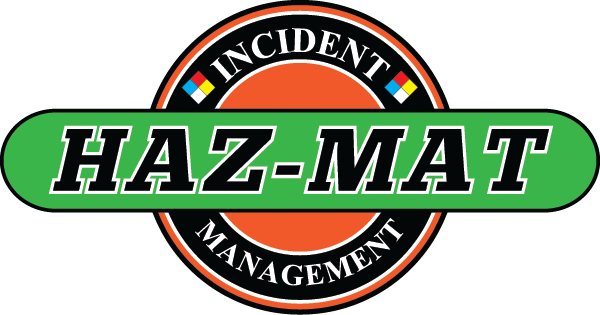Top Spill Hazards at Commercial Facilities
Warehouses, logistics hubs, and commercial service facilities all have one thing in common: they’re full of vehicles, machinery, and fluids that can cause hazardous spills.
If you’re operating a facility in Denton County, understanding the most common spill risks is the first step in prevention and preparation. A single overlooked leak or rupture can lead to downtime, safety violations, and costly environmental consequences.
Why Spill Hazards Are So Common in Commercial Spaces
Modern facilities are busy environments. Between incoming trucks, daily maintenance routines, and storage of fluids and equipment, it’s easy for small risks to turn into major problems.
High-Risk Spill Areas Often Include:
- Loading docks and bay doors
- Indoor fueling stations or battery charging zones
- Maintenance and equipment service areas
- Storage spaces for oils, coolants, and solvents
- Heavy traffic routes for forklifts or industrial vehicles
Common Facility Spill Hazards to Watch For
The following table outlines the most common sources of spills in commercial facilities and how they typically happen:
| Hazard Type | Common Source | Spill Cause | Risk Level |
| Fuel leaks | Fleet vehicles or generators | Aging fuel lines, loose valves | High |
| Oil drips | Maintenance equipment or machinery | Improper disposal, worn gaskets | Moderate |
| Coolant spills | Delivery trucks, HVAC systems | Tank overfill, broken fittings | Moderate |
| Battery acid | Forklifts or backup power systems | Cracked casings, mishandling | High |
| Cleaning chemicals | Janitorial or sanitation stations | Improper storage, leaks | Moderate |
Even routine activities, like transferring fluids or storing containers, can lead to dangerous spills if procedures aren’t followed.
How to Prevent Spills Before They Happen
A proactive strategy reduces risk and keeps your site in compliance with safety and environmental regulations.
Top Prevention Practices:
- Perform weekly visual inspections in high-risk areas
- Train employees on how to identify early signs of leaks
- Store fluids with proper secondary containment
- Maintain clear pathways for spill response crews
- Partner with a certified hazmat team for backup and audits
What to Do If a Spill Happens
If a spill occurs, quick action is critical. Here’s a basic cleanup checklist to help guide initial steps:
- Secure the area and evacuate if necessary
- Identify the fluid type and volume
- Contain the spread using absorbents or barriers
- Notify your internal safety team
- Call Haz-Mat Incident Management for certified cleanup
- Document the incident for compliance reporting
If the spill involves fuel, oil, or coolant, professional cleanup is typically required to meet EPA and OSHA standards.
Protect Your Denton County Facility with Haz-Mat Incident Management
Our certified crews provide fast, compliant spill cleanup for warehouses, parking lots, and logistics centers throughout Denton County. We specialize in vehicle operating fluids and offer both scheduled cleanups and 24/7 emergency response.
📞 Call 972-569-7505 or Request Facility Cleanup
